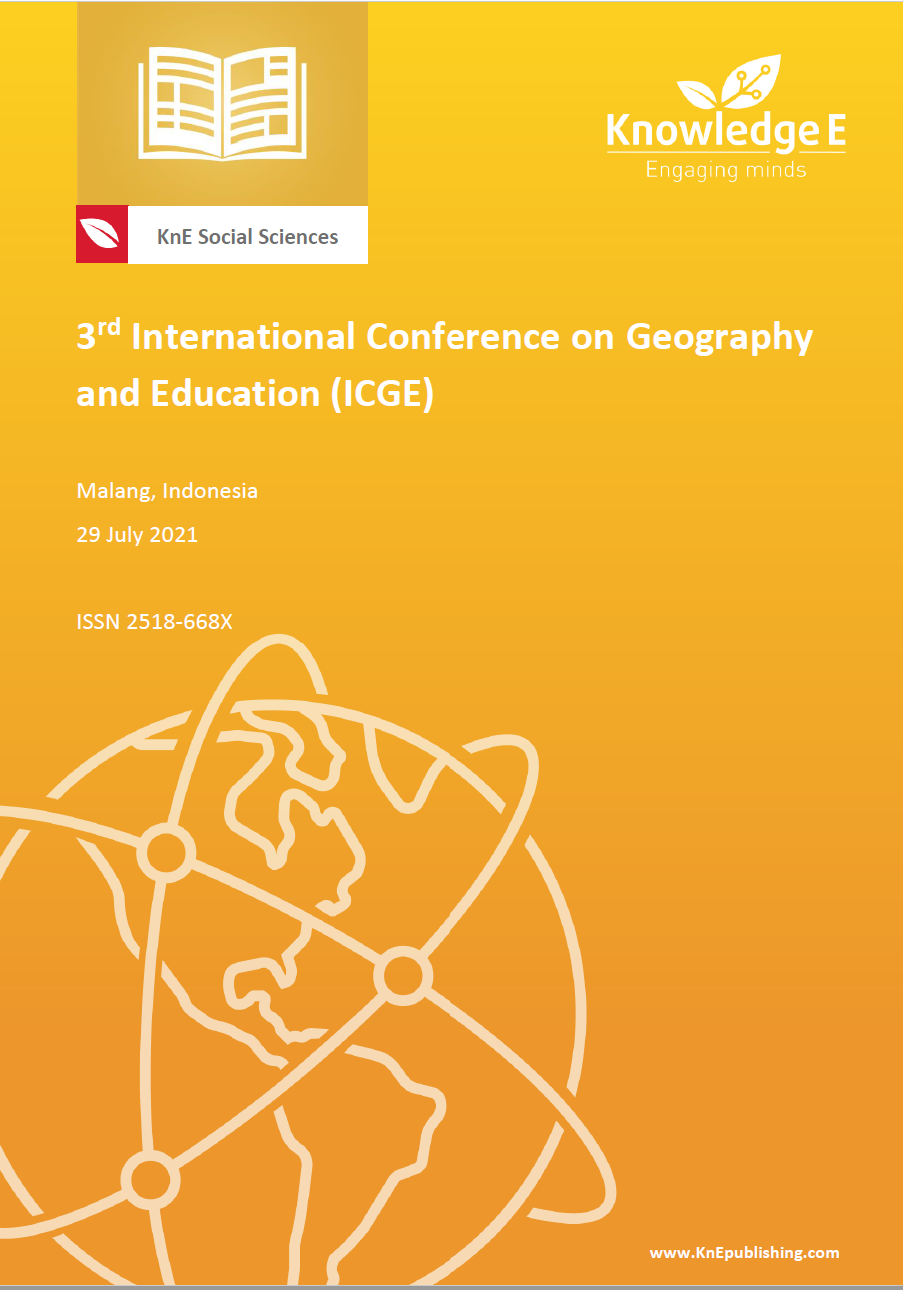Testing the Performance of a Water Restrictor With the Orifice Principle
DOI:
https://doi.org/10.18502/kss.v7i16.12150Abstract
The habit of wasting water is widespread. One of the solutions is to “force” the consumer to conserve water by restricting the flow using a restrictor with the orifice principle. The aim of this study was to determine the performance of a restrictor in a pipeline model by defining the discharge coefficient obtained experimentally from the output discharge with or without the restrictor in static pressure water, and to examine the variation based on the tap opening. The restrictor had an opening at the center of the cylinder with a 2.5 mm diameter and it was installed in a water tap of 0.5 inches diameter based on the market. The effectiveness of the tool in reducing the water was determined by the discharge coefficient. Based on the results, it was found that the restrictor was capable of reducing the water discharge output by 60%-70% for discharge inputs ranging from 0.15 to 0.25 l/s. Moreover, the reduction for discharge inputs below 0.15 l/s resulted in an efficiency ranging from 30%-40%. The discharge output using the restrictor was approximately 0.06 to 0.07 l/s. The contraction coefficient and expansion coefficient were 1.720 (experimental) and 1.484 (theoretical).
Keywords: water wasting reduction, water restrictor, orifice principle, experimental approach
References
[2] Water Systems Council [Internet]. Washington, D.C: Water Systems Council; 2003 May 7. Wellcare® info on water conservation; 2003 [cited 2020 Sep 17]. Available from: https://www.watersystemscouncil.org/about-wsc/wellcare-program/
[3] Mironer A. Engineering fluid mechanics [Internet]. Auckland: McGraw-Hill International Book Company; 1979.
[4] Ermadi D, Darmanto D. Perancangan alat praktikum pengujian headloss aliran fluida tak termampatkan. Jurnal Ilmiah Cendekia Eksakta. 2017;2(2):1–8.
[5] Madonna S. Efisiensi energi melalui penghematan penggunaan air (Studi kasus: Institusi Pendidikan Tinggi Universitas Bakrie). Jurnal Teknik Sipil. 2016;12(4): 267– 274.
[6] Utomo YW. Mahasiswa ciptakan keran hemat air wudu [Internet]. Kompas.com; 2012 [cited 2021 Jul 14]. Available from: https://internasional.kompas.com/read/2012/05/02/17424871/∼Sains∼Lab?page=all
[7] Munson, Bruce R. Young, Donald F. Okiishi TH. Mekanika fluida [Internet]. 4th ed. Penerbit Erlangga; 2003. Aliran viskos di dalam pipa; p. 53–64.

